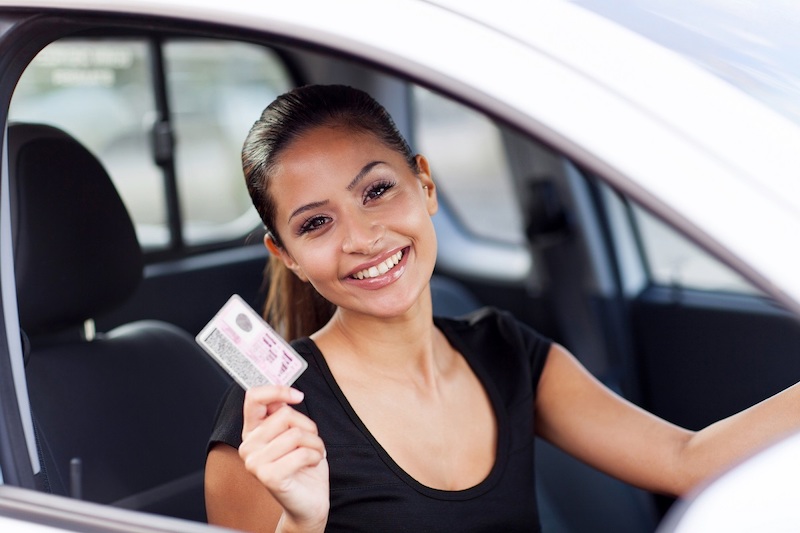While discussions on the future of digital identity are intensifying in our country, for which a cohabitation between Spid and the electronic identity card will soon have to be found, the European Commission has had its say on another important aspect, which concerns digitization of personal documents.
It is a package of proposals on the digital driving license presented by the EU Commission on Wednesday 1 March. The overall objective is to digitize, modernize, reduce the environmental impact and increase safety.
In the latter case, the ambitious goal being aimed at is Vision Zero, i.e. the elimination of deaths caused by road accidents by 2050 throughout Europe. The first goal, as stated by the EU Commissioner for Transport Adina Valean, is to “halve the number of dead and seriously injured by 2030” in Europe.
But what does the European Commission directive contain?

The digital licence
One of the points touched upon by the directive is that of the digital driving licence. No document, paper or electronic, will have to be brought with you and exhibited during the checks.
The digital driving license will be shown via smartphone, and will be valid throughout the European Union. So, should we hopelessly say goodbye to the paper license?
What will change with the digital driving licence
The digital licence, downloadable on any device, will be recognized throughout the EU.
The benefits in terms of saving time and materials are intuitive: all the procedures for the issue and renewal can be managed online. Furthermore, a centralized IT portal will inform citizens of the regulations in force in each country, and will allow them to pay any fines digitally.
By the same principle of interoperability, with a suspended license it will not be possible to drive in any EU country. And it is an important aspect: in 2019, as many as 40% of cross-border crimes remained unpunished, either because the perpetrator was not identified or because the fine was not paid.
Furthermore the possibility is not excluded, to those who request it, of also delivering a paper copy of the future digital driving licence. Option that could help the less young and less literate in technology.
Driving at 17
Another important proposal made by the European Commission concerns the driving age.
Already at 17 you can drive cars and trucks, provided they are accompanied by someone who has had a license for at least 5 years. Once the exam has been passed, the Commission explains, one will be able to “drive alone starting from the eighteenth birthday, and work as a professional driver as soon as a specific job allows it”.
The other measures
The proposal contains two other important measures.
The first provides a probationary period of at least two years for inexperienced drivers (i.e. those who have just passed the driving test). During the trial period there will be zero tolerance on drink driving.
The European Commission explained the importance of the measure, “because even if young drivers represent only 8% of all motorists, 2 out of 5 fatal accidents involve a driver under the age of 30.”
The second measure concerns the exams, or rather the tests. Which will change: we will focus more on weak users. The aim is to further develop so-called sustainable mobility, protecting pedestrians, cyclists, scooter, bicycle and electric scooter drivers.
The Commission reported that more than 20,000 people lost their lives in the EU in 2022, many of whom were pedestrians, cyclists and scooter or motorbike drivers.
In the tests, attention to zero-emission vehicles will also grow: “For example, they will evaluate knowledge and skills related to advanced driver assistance systems and other automated technologies. New drivers will also learn how their driving style impacts their emissions, such as the timing of gear changes.”
The times of realization
The new updated rules, proposed by the European Commission, will have to be approved by the Parliament and the EU Council.
Then there are, in addition to the bureaucratic aspects, the technical ones. First of all, an agreement on interoperability will have to be found: in short, the digital driving license will have to be tested and be compatible with the various national IT systems.
The Commission has proposed that, once the interoperability of national systems is in place, digital driving licenses should be issued four years after the adoption of the directive.
















Leave a Reply
View Comments